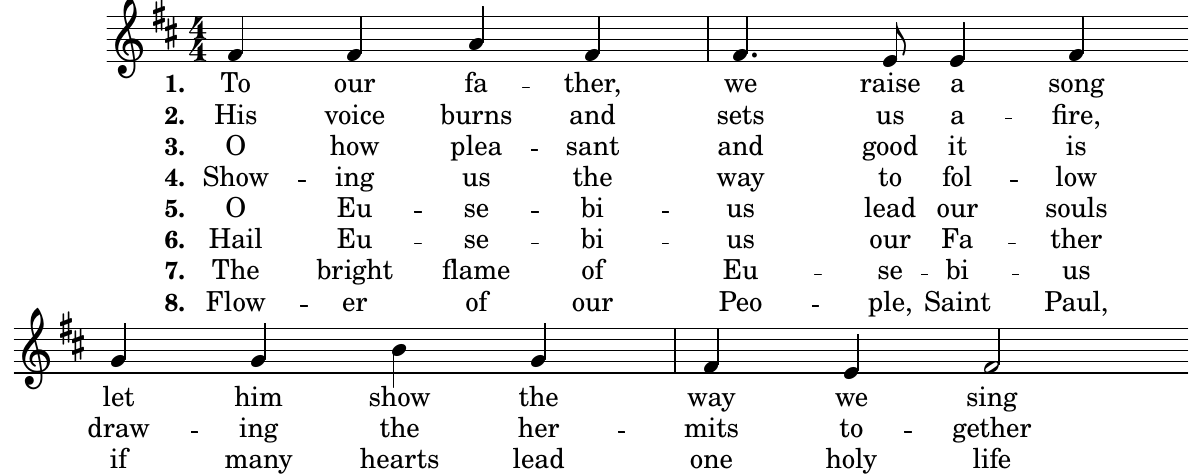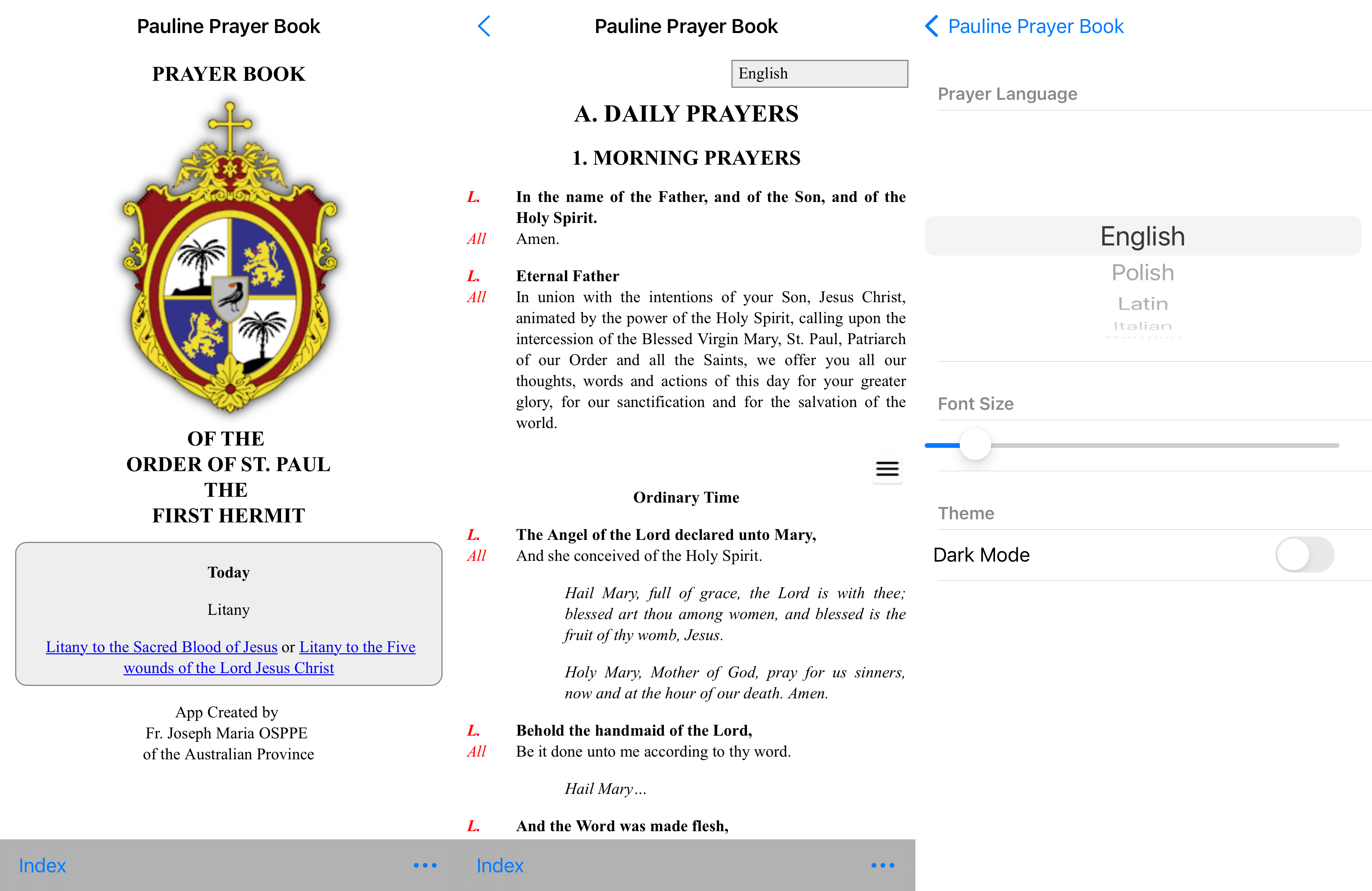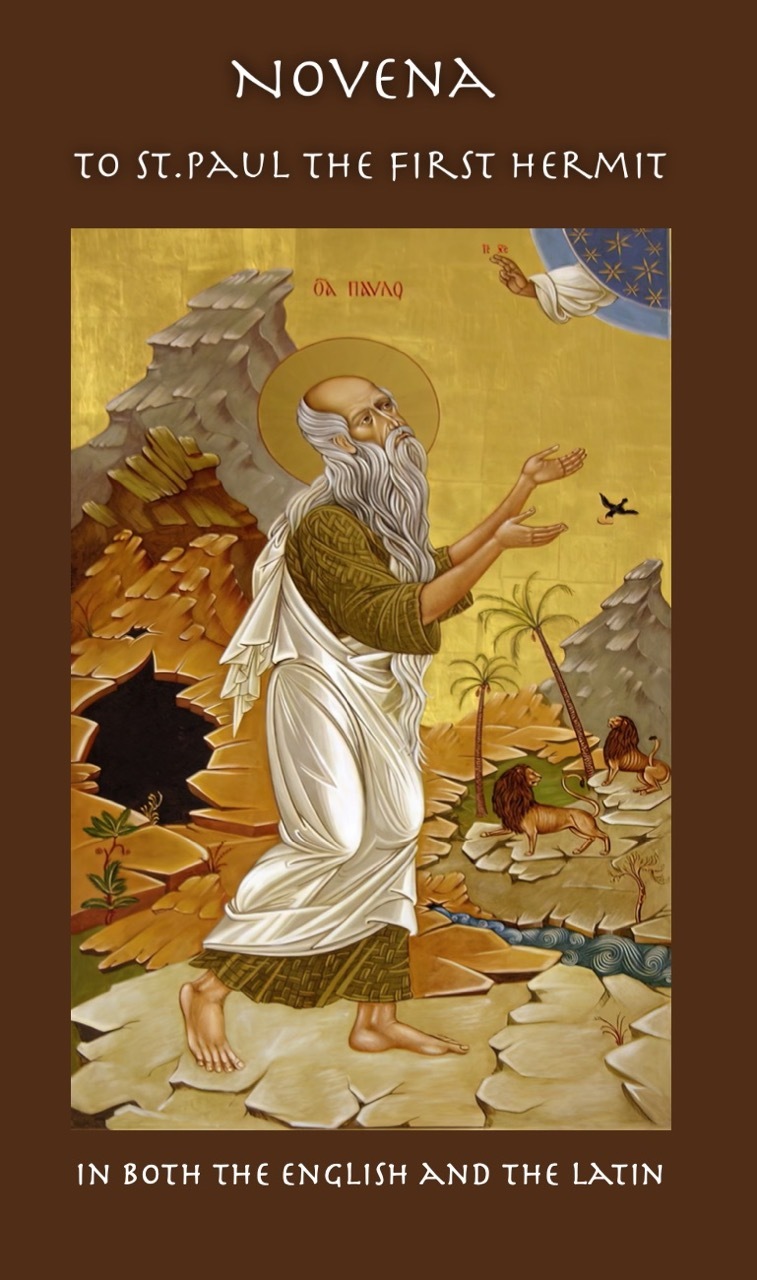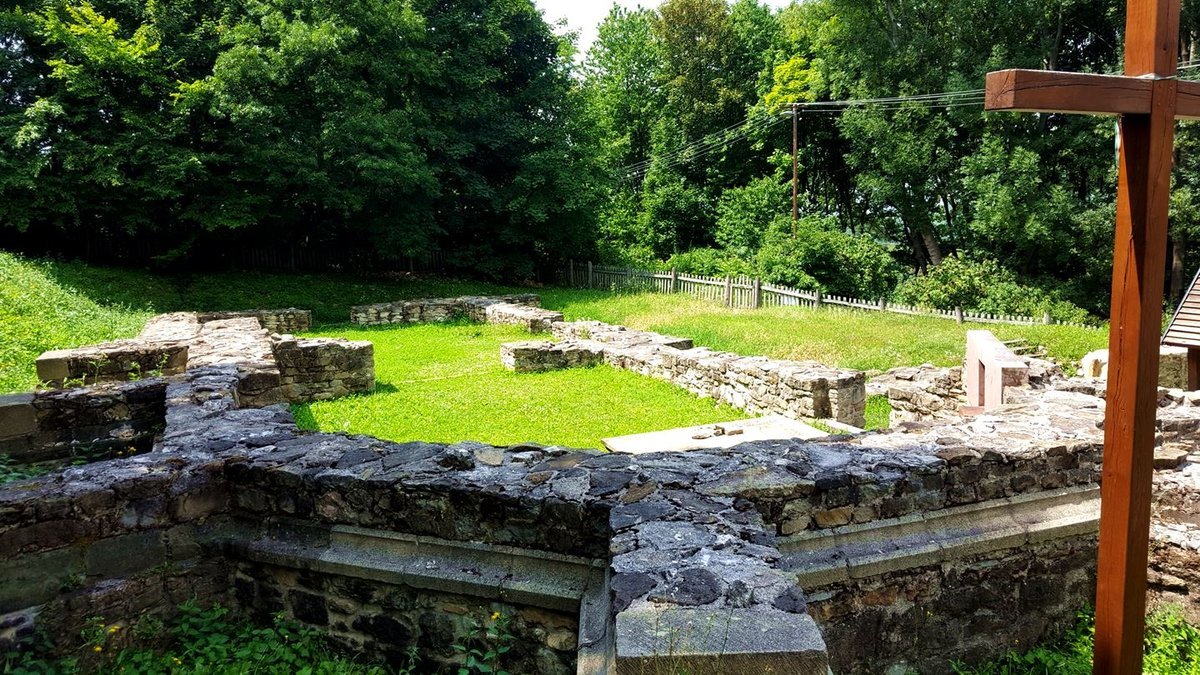Been working on again the English Translation of the Liturgical texts for the Order of St. Paul the First Hermit after receiving a list of corrections needed before they can be approved for use. One of the changes requested was a need to change the hymn for the Office of Readings for the Feast of Bl. Eusebius because it was not a correct translation of the Latin. So went back and retranslated it, trying to make it so that it could also fit into a singable tune. I am not sure how well I went, but here it is.
Ad patrem nostrum canticum ascendat,
viam ostendat quando eum cantemus,
quomodo debet strepitum spernere,
animum quaerere.
Vox eius ardet, et facit ardere,
trahit in unum incolas eremi,
ut flammae multae cumulantur unum,
et magis ardeant.
O quam iucundum, quam bonum apparet,
si cor multorum ducit vitam unam,
preces unitas ad caelos dirigit,
Dominum sic laudans.
Ordinis sic iam Regula sanctitur,
ostendens nobis viam secuturam,
non erimus nos oves aberrantes,
pastori carentes.
Animam nostram, o Eusebi, duce,
ad unitatem quomodo tendamus,
et doce nobis simul contendere
ad vias caelorum.
Pater Eusebi, ave paulinorum,
precibus heros in solitudine,
exemplum tuum faciat ardere
et nos et patriam.
Flammae Beati Eusebii flagrant
in nocte caeca monachis orphanis.
Ad consolandum preces flammescantur
fratrum monachorum.
Flos plebis nostrae, Sancti Paulini,
orate nobis apud Deum Patrem,
cum acri prece Sancti Eusebii
defendite plebem. Amen.
To our father, we raise a song
let him show the way we sing
how we should despise the world’s noise
and seek silence in the spirit.
His voice burns and sets us afire,
drawing the hermits together
as many flames converge into one
begin to burn so much brighter.
O how pleasant and good it is
if many hearts lead one holy life
prayers offered in unity to heaven
that the Lord might be praised.
Showing us the way to follow
He establishes a Rule
so we will not be straying sheep
without a shepherd to lead.
O Eusebius lead our souls
to seek after unity
and lead your sons to always strain
towards the way to heaven.
Hail Eusebius our Father
by prayer in solitude,
your true paternal example
is given to us to heed.
The bright flame of Eusebius
in the night seeks orphaned monks
to console with his burning prayers
the brotherhood of holy monks.
Flower of our People, Saint Paul,
offer to God the Father,
ardent prayers with Eusebius
defend your people. Amen.
And here is the PDF of the music: To our Father, we raise a Song.

















